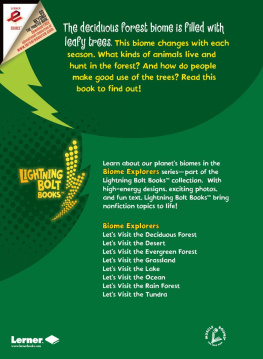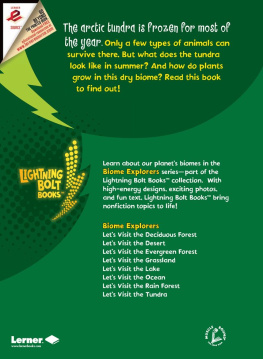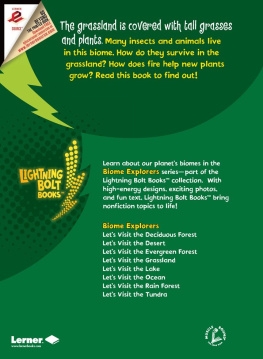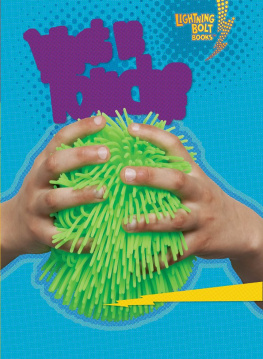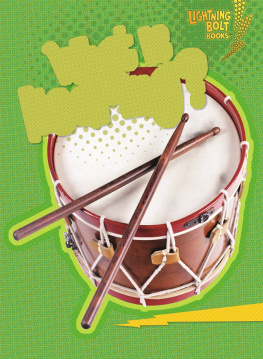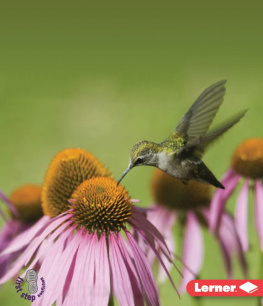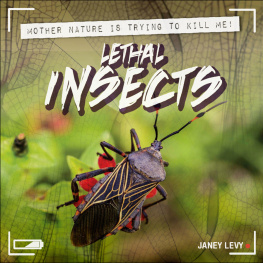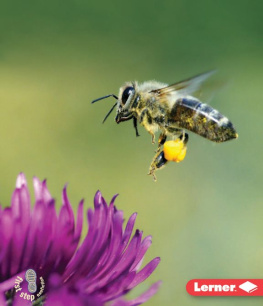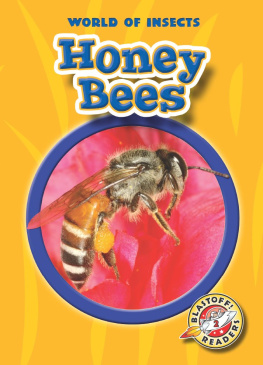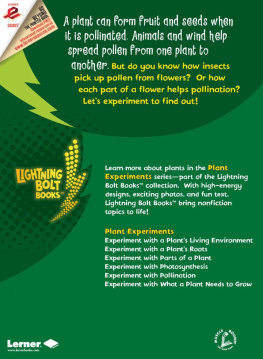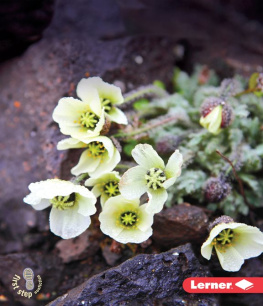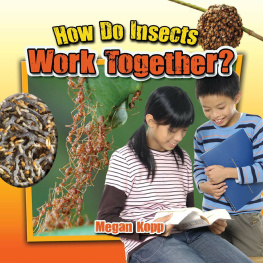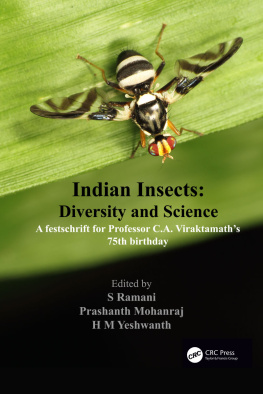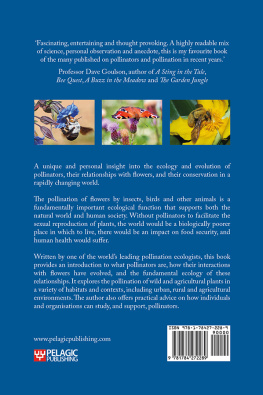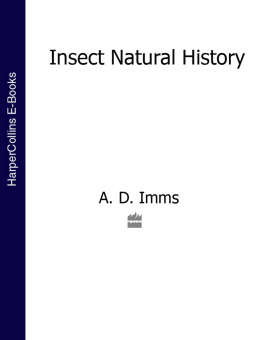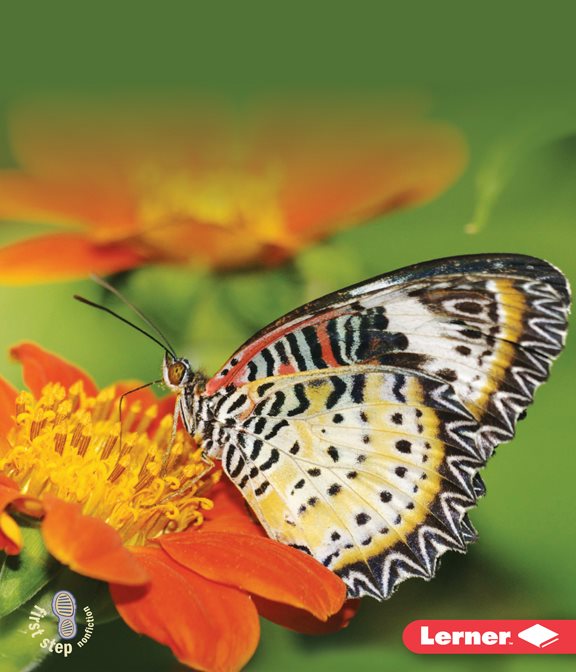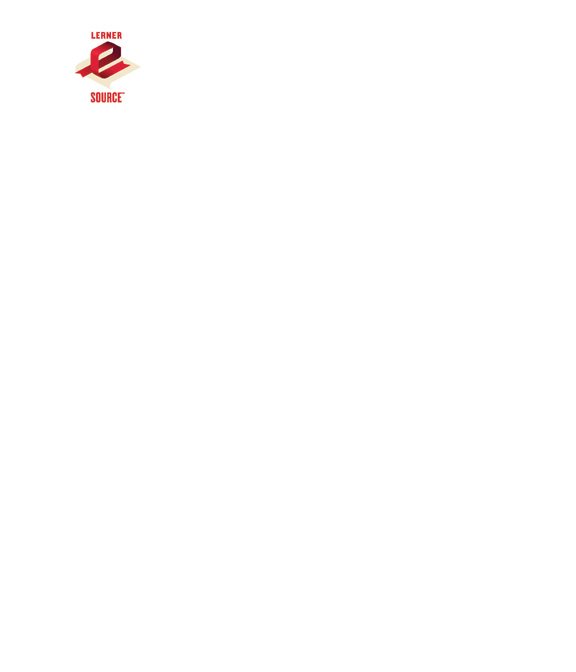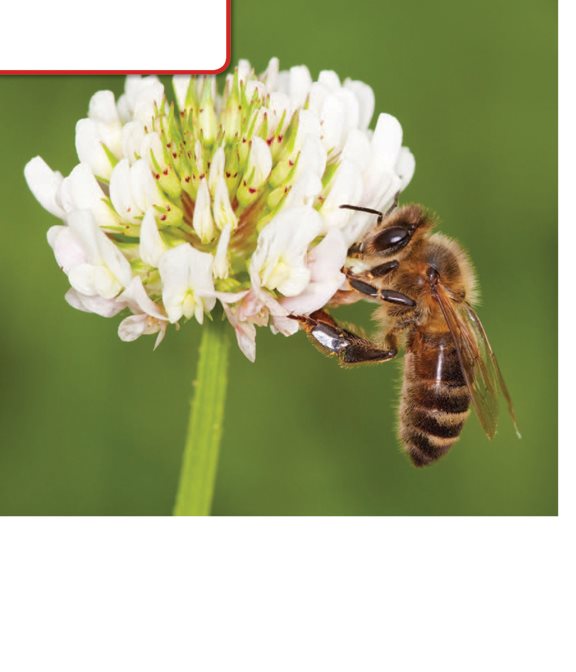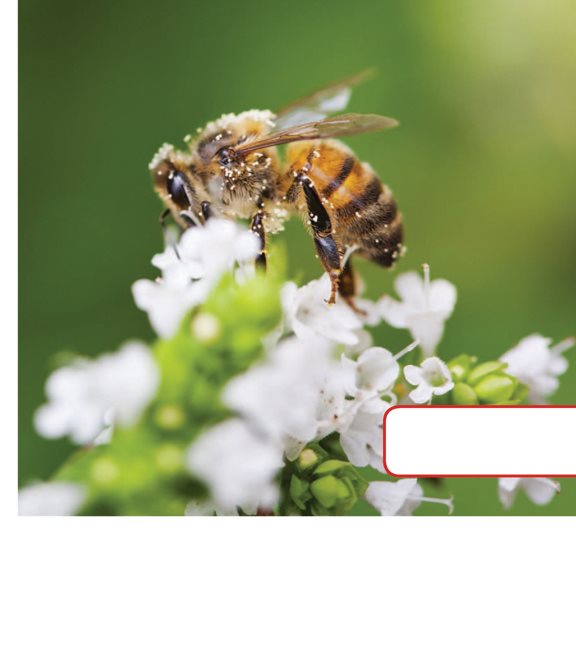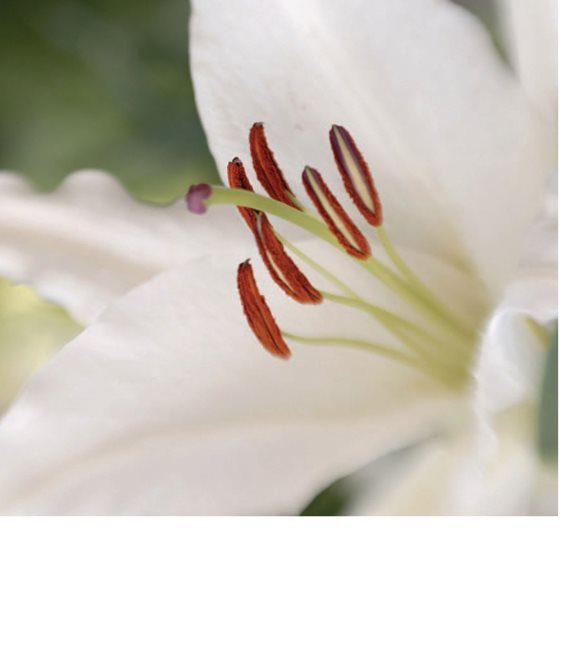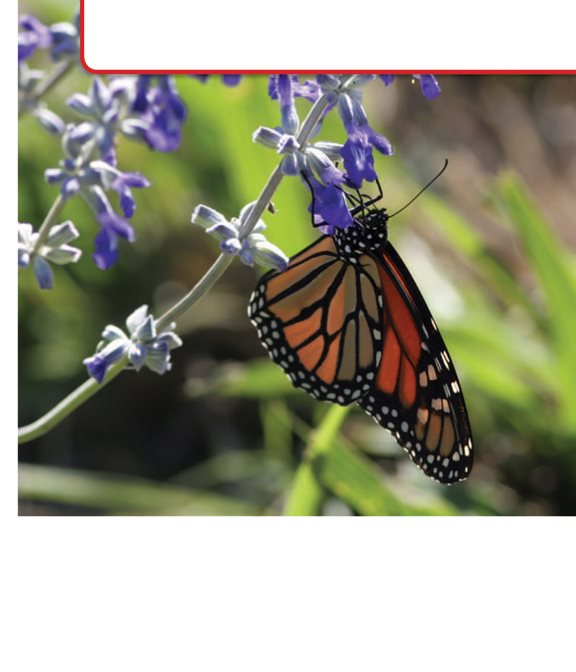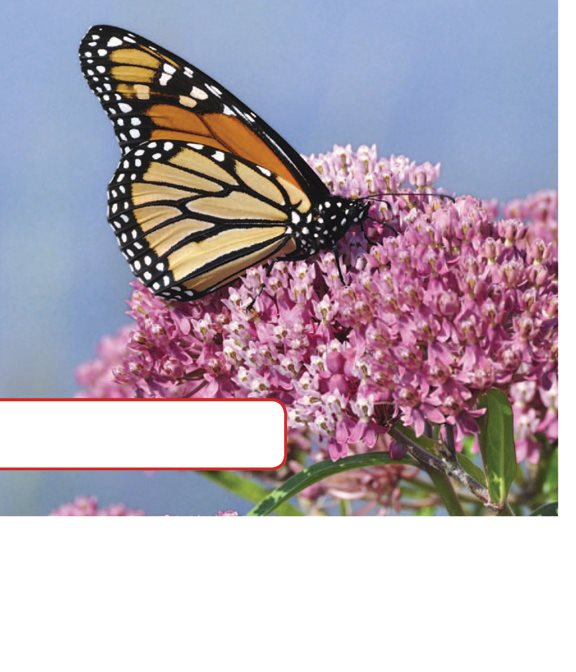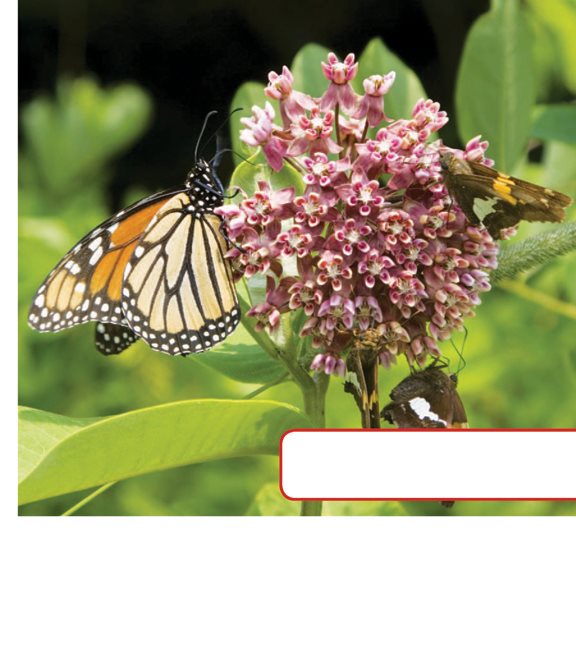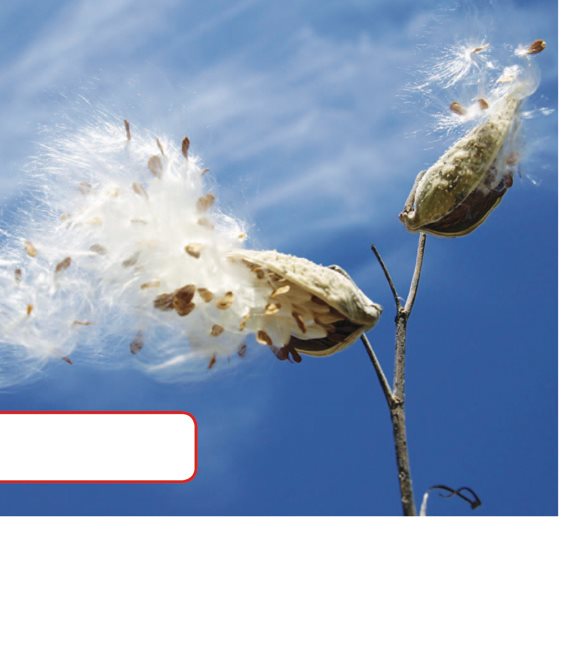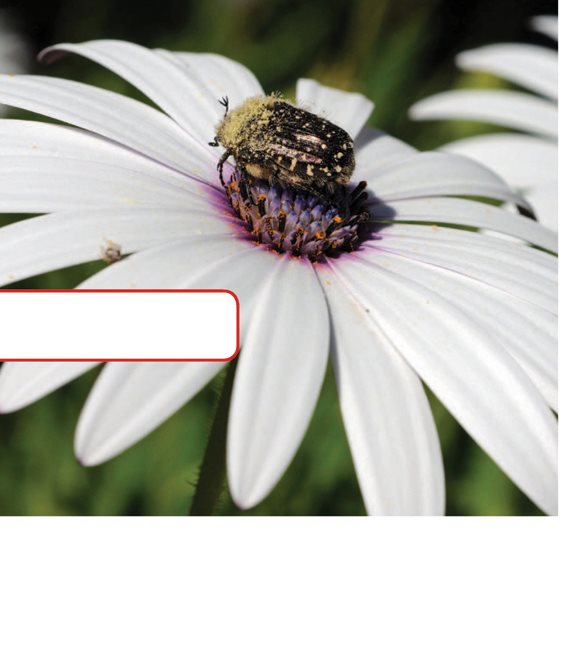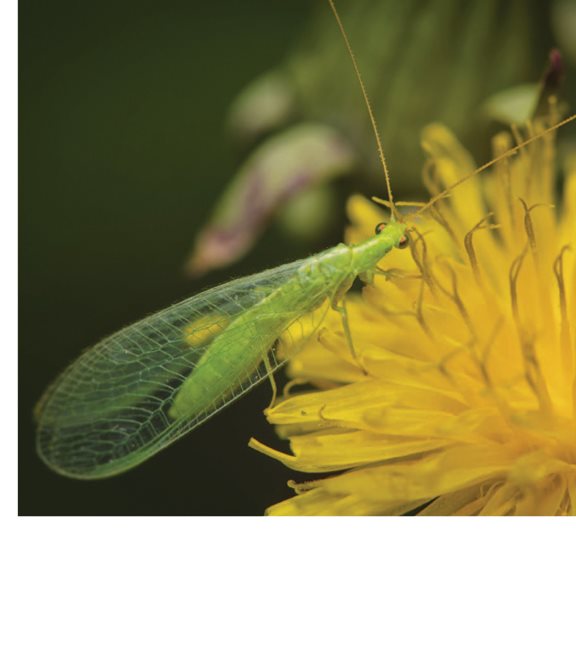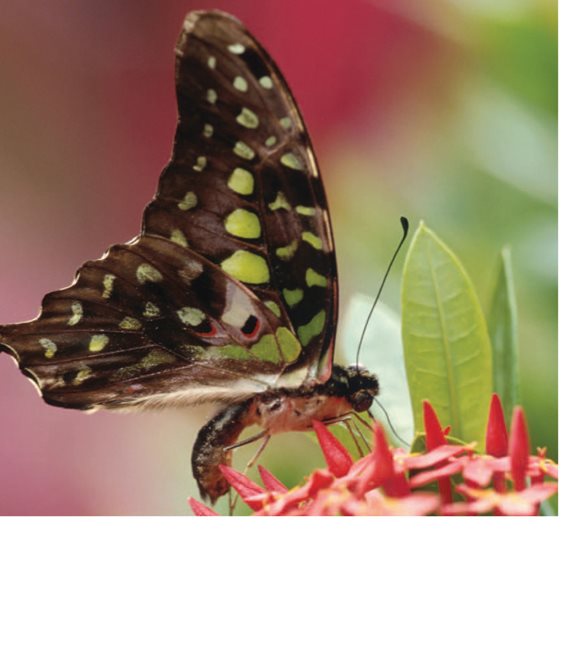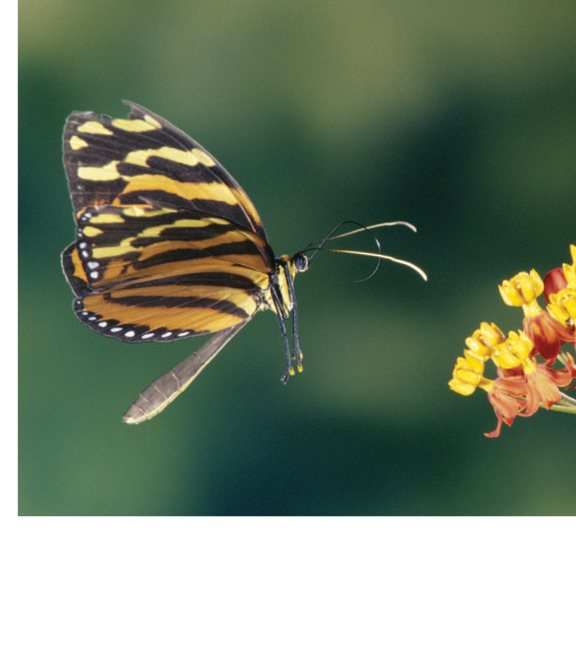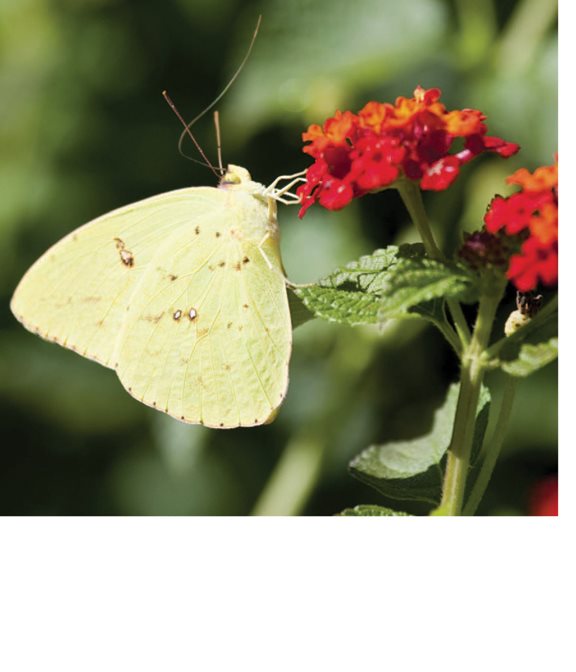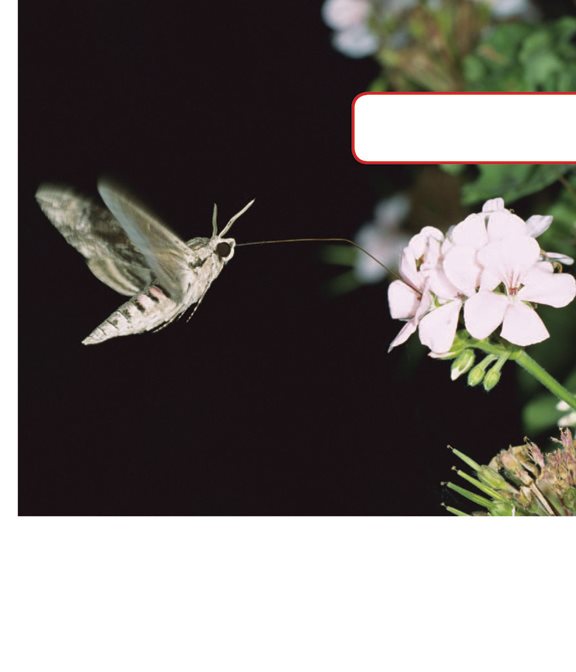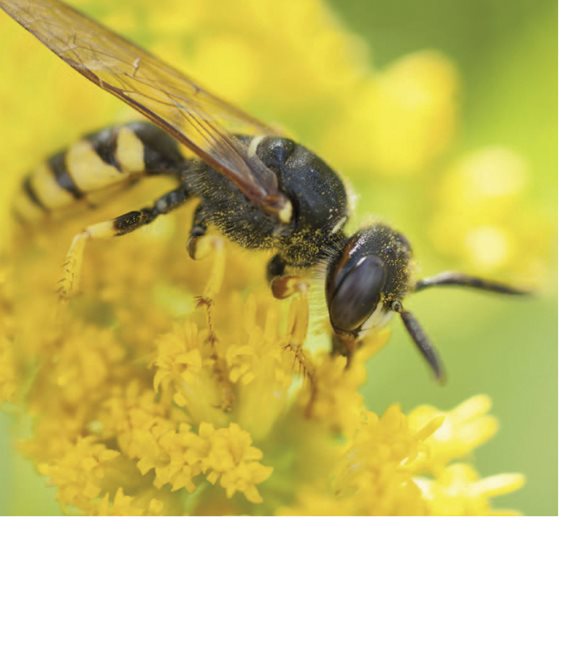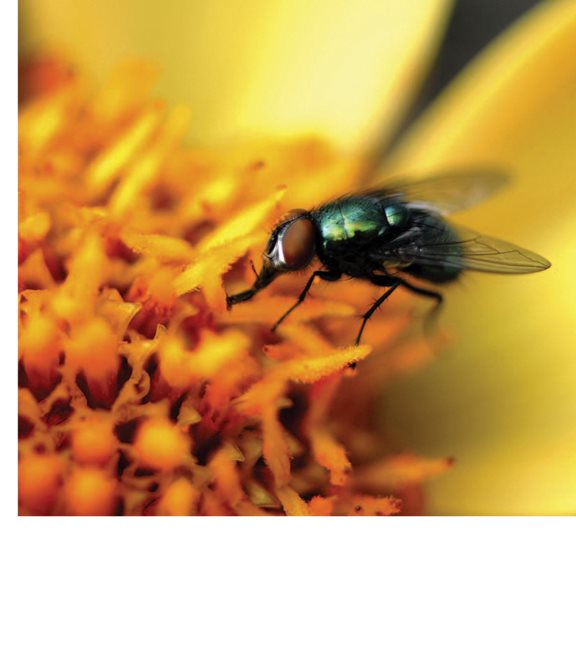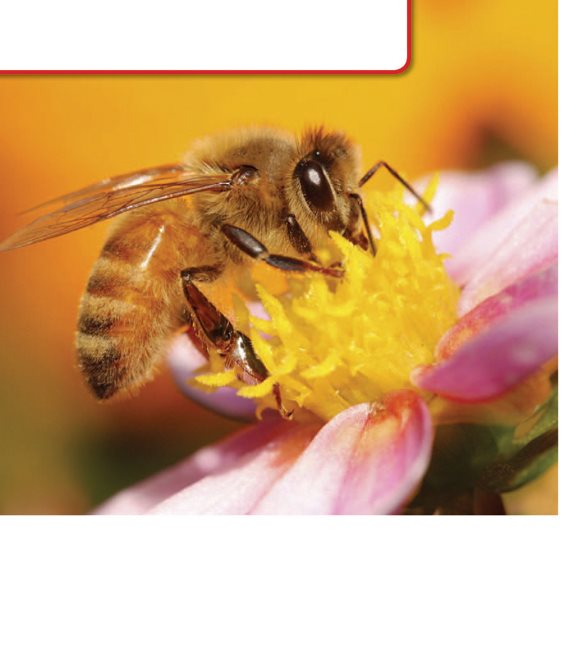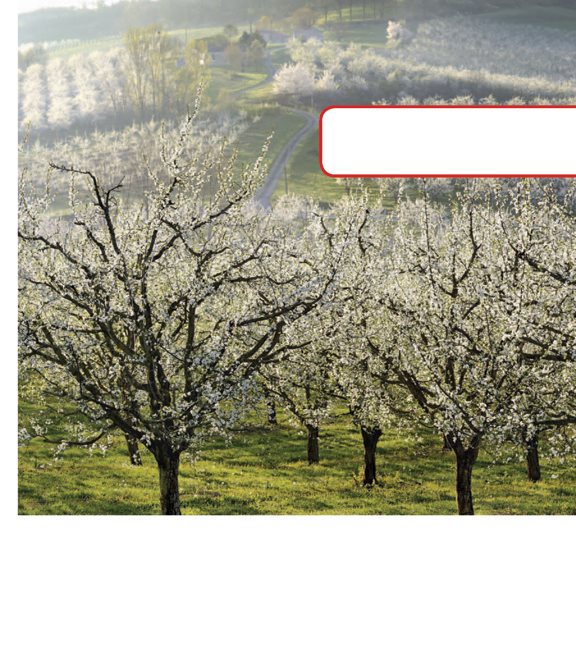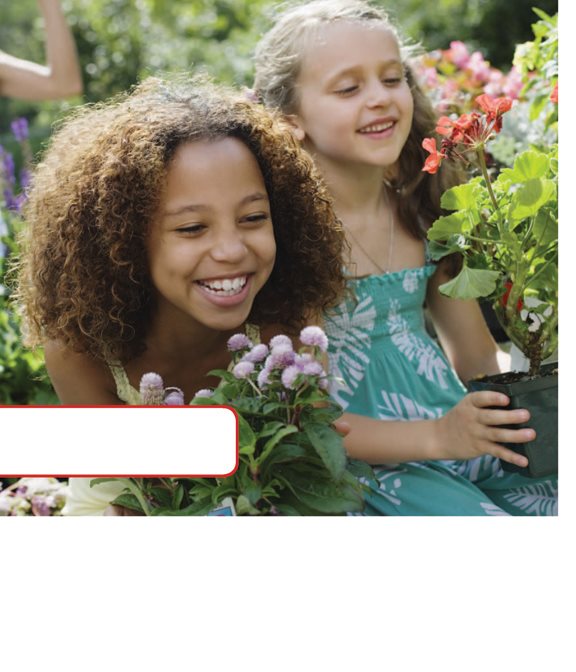Insect
Pollinators
by Jennifer Boothroyd
Expand learning beyond the printed book. Download free, complementary
educational resources for this book from our website, www.lerneresource.com.
Copyright 2015 by Lerner Publishing Group, Inc.
All rights reserved. International copyright secured. No part of this book may be reproduced, stored in
a retrieval system, or transmitted in any form or by any meanselectronic, mechanical, photocopying,
recording, or otherwisewithout the prior written permission of Lerner Publishing Group, Inc., except
for the inclusion of brief quotations in an acknowledged review.
The images in this book are used with the permission of: iStockphoto.com/proxyminder, p. 4;
iStockphoto.com/antb, p. 5; iStockphoto.com/aimintang, p. 6; iStockphoto.com/JLF Capture, p. 7;
herreid/iStock/Thinkstock, p. 8; iStockphoto.com/Lingbeek, p. 9; iStockphoto.com/SeaDog53,
p. 10; NagyDodo/Thinkstock, p. 11; Andalucia Plus Image Bank/Alamy, p. 12; Dragi52/iStock/
Thinkstock, p. 13; Ingram Publishing/Thinkstock, p. 14; Michael and Patricia Fogden/Minden
Pictures/Getty Images, p. 15; Mishell/iStock/Thinkstock, p. 16; Konrad Wothe/Minden Pictures/
Getty Images, p. 17; iStockphoto.com/Kirshal, p. 18; Ingram Publishing/Thinkstock, p. 19;
iStockphoto.com/njmcc, p. 20; Therry/iStock/Thinkstock, p. 21; Fuse/Thinkstock, p. 22.
Front cover: iStockphoto.com/tcp.
Main body text set in ITC Avant Garde Gothic Std Medium 21/25.
Typeface provided by Adobe Systems.
Lerner Publications Company
A division of Lerner Publishing Group, Inc.
241 First Avenue North
Minneapolis, MN 55401 USA
For reading levels and more information, look up this title at www.lernerbooks.com.
Library of Congress Cataloging-in-Publication Data
Boothroyd, Jennifer, 1972
Insect pollinators / by Jennifer Boothroyd.
pages cm. (First step nonfiction. Pollination)
Includes index.
ISBN 9781467757386 (lib. bdg. : alk. paper)
ISBN 9781467762250 (eBook)
1. Insect pollinatorsJuvenile literature. 2. PollinationJuvenile literature. I. Title. II. Series:
First step nonfiction. Pollination.
QK926.B66 2015
576.875dc23 2014015506
Manufactured in the United States of America
1 CG 12/31/14
Table of Contents
Pollination
This bee is busy. It is
gathering food.
Pollen is powder
inside a flower.
The bee is also helping the
plant. The bee is moving
pollen.
Pollination is when pollen
moves between parts of
flowers.
How Do Insects Pollinate?
All insects pollinate plants
in similar ways.
Pollen often sticks to an
insects back, legs, or head.
First, an insect crawls on a
flower. Pollen sticks to the
insect.
The pollen rubs off the insect
onto the milkweed flower.
Next, the insect moves to a
different flower. The pollen
falls onto the flower.
Milkweed seeds
blow in the wind.
Then the flower uses the
pollen to make seeds.
Kinds of Insect Pollinators
Many different kinds of
insects pollinate plants.
There is a lot of pollen
on this beetle.
Beetles pollinate.
Lacewings pollinate.
Butterflies pollinate.
Butterflies have bristles on
their legs that carry pollen.
Moths pollinate.
This hawk moth is
feeding on a flower.
Some moths pollinate
flowers that bloom at night.
Wasps pollinate.
Flies pollinate.
Protecting Pollinators
Some pollinators are in
trouble. They are dying out.
Apple, pear, and peach
trees need bees.
Much of the food we
eat comes from plants
pollinated by bees.
These children have a
bee- friendly garden.
It is important to protect
pollinators.


